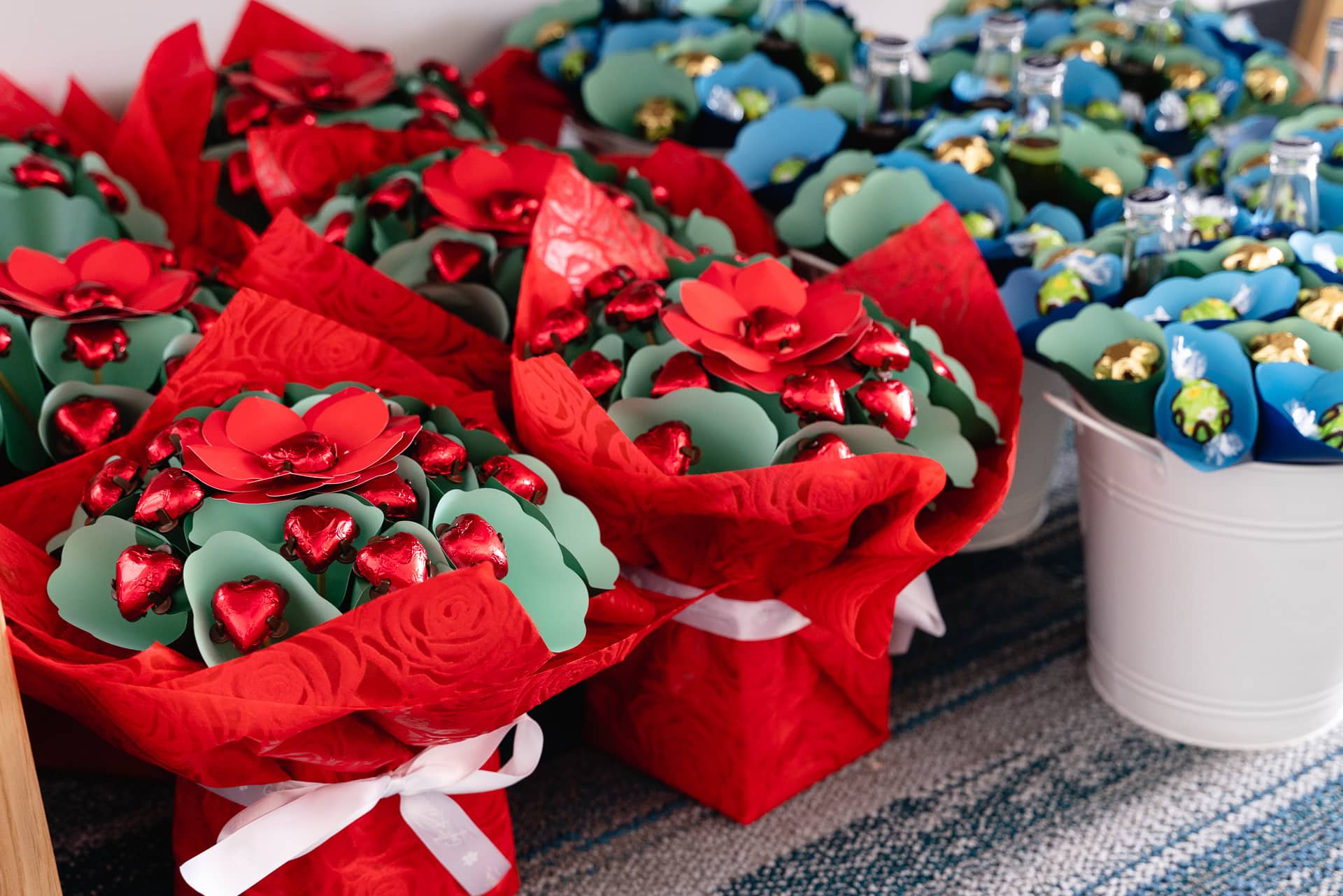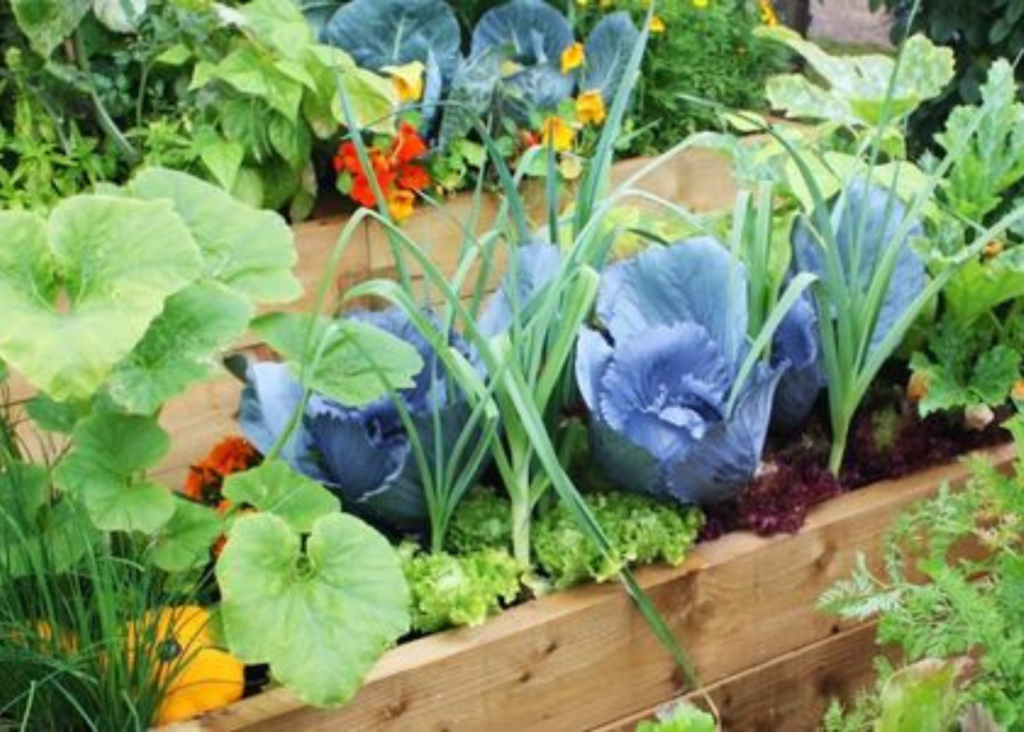How to Grow an Edible Flower Garden: A Comprehensive Guide

Imagine strolling through a vibrant garden, the sun warming your face, and the sweet scent of blooms filling the air. Now, picture yourself plucking those very flowers and adding them to your salad, transforming a simple meal into a culinary masterpiece. Welcome to the world of edible flower gardening, where beauty meets functionality. If you've ever wondered how to grow an edible flower garden, you're in the right place. Let's dive in and explore the delightful realm of edible blooms.
Why Grow an Edible Flower Garden?
Growing a culinary garden filled with edible flowers is not just a hobby; it's an experience. These blooms add a burst of color and flavor to your dishes, turning ordinary meals into extraordinary feasts. Plus, flower gardening tips are abundant, making it easy for beginners to get started. But where do you begin?
Choosing the Right Edible Flowers
Before you start planting, it's crucial to know which flowers are safe to eat. Not all blooms are edible, and some can be toxic. Here are a few safe flowers to eat that are both beautiful and delicious:
- Nasturtiums: Known for their peppery taste, these flowers add a zesty kick to salads.
- Calendula: Often used in teas and salads, calendula has a slightly bitter, tangy flavor.
- Borage: With a cucumber-like taste, borage flowers are perfect for garnishing drinks and salads.
- Pansies and Violas: These flowers have a mild, slightly sweet flavor and are great for decorating desserts.
- Chive Blossoms: Offering a mild onion flavor, chive blossoms are excellent in salads and as garnishes.
Getting Started: Planning Your Edible Flower Garden
Location and Soil Preparation
The first step in growing flowers for eating is choosing the right location. Edible blooms thrive in sunny spots with well-drained soil. Avoid areas prone to puddling or excessive shade. Prepare your soil by adding compost or organic matter to ensure it's rich in nutrients.
Planting Tips
When planting, follow these flower gardening tips:
- Spacing: Ensure adequate space between plants to allow for growth and air circulation.
- Watering: Water your plants regularly, but avoid overwatering, which can lead to root rot.
- Fertilizing: Use organic fertilizers to keep your edible flowers healthy and vibrant.
Caring for Your Edible Flower Garden
Pest Control
Pests can be a nuisance, but there are natural ways to keep them at bay. Companion planting, using plants that repel pests, is an effective method. For example, marigolds deter nematodes, while mint repels ants and rodents.
Harvesting
Harvesting edible flowers is a delicate process. Pick flowers in the morning when they are at their freshest. Use scissors to cut the stems, and place the flowers in a cool, dry place until you're ready to use them.
Cooking with Edible Flowers
Now that you've grown a beautiful edible flower garden, it's time to enjoy the fruits (or rather, flowers) of your labor. Here are a few ways to incorporate edible blooms into your culinary creations:
- Salads: Toss nasturtiums, calendula, and pansies into your salad for a colorful and flavorful twist.
- Drinks: Garnish cocktails, mocktails, and teas with borage or hibiscus flowers.
- Desserts: Decorate cakes, cupcakes, and other sweets with edible flowers for a stunning presentation.
Conclusion
Growing an edible flower garden is a rewarding experience that combines the joys of gardening with the delights of culinary exploration. By choosing the right flowers, planning your garden carefully, and caring for your plants, you can create a vibrant and delicious oasis. So, why not embark on this delightful journey and transform your garden into a culinary paradise?
FAQs
Are all flowers edible? No, not all flowers are edible. Some can be toxic, so it's essential to research and ensure you're growing safe flowers to eat.
How do I know if a flower is edible? Consult reliable sources, such as gardening books or reputable websites, to verify the edibility of flowers. Always err on the side of caution.
Can I use pesticides on my edible flower garden? It's best to avoid chemical pesticides. Opt for natural pest control methods to keep your flowers safe for consumption.
When is the best time to harvest edible flowers? Harvest flowers in the morning when they are at their freshest. This ensures the best flavor and texture.
How can I store edible flowers? Store edible flowers in a cool, dry place. You can also place them in the refrigerator, but avoid storing them with strong-smelling foods to prevent flavor absorption.


Happy gardening, and may your culinary creations be as beautiful as they are delicious!
0 Response to "How to Grow an Edible Flower Garden: A Comprehensive Guide"
Post a Comment